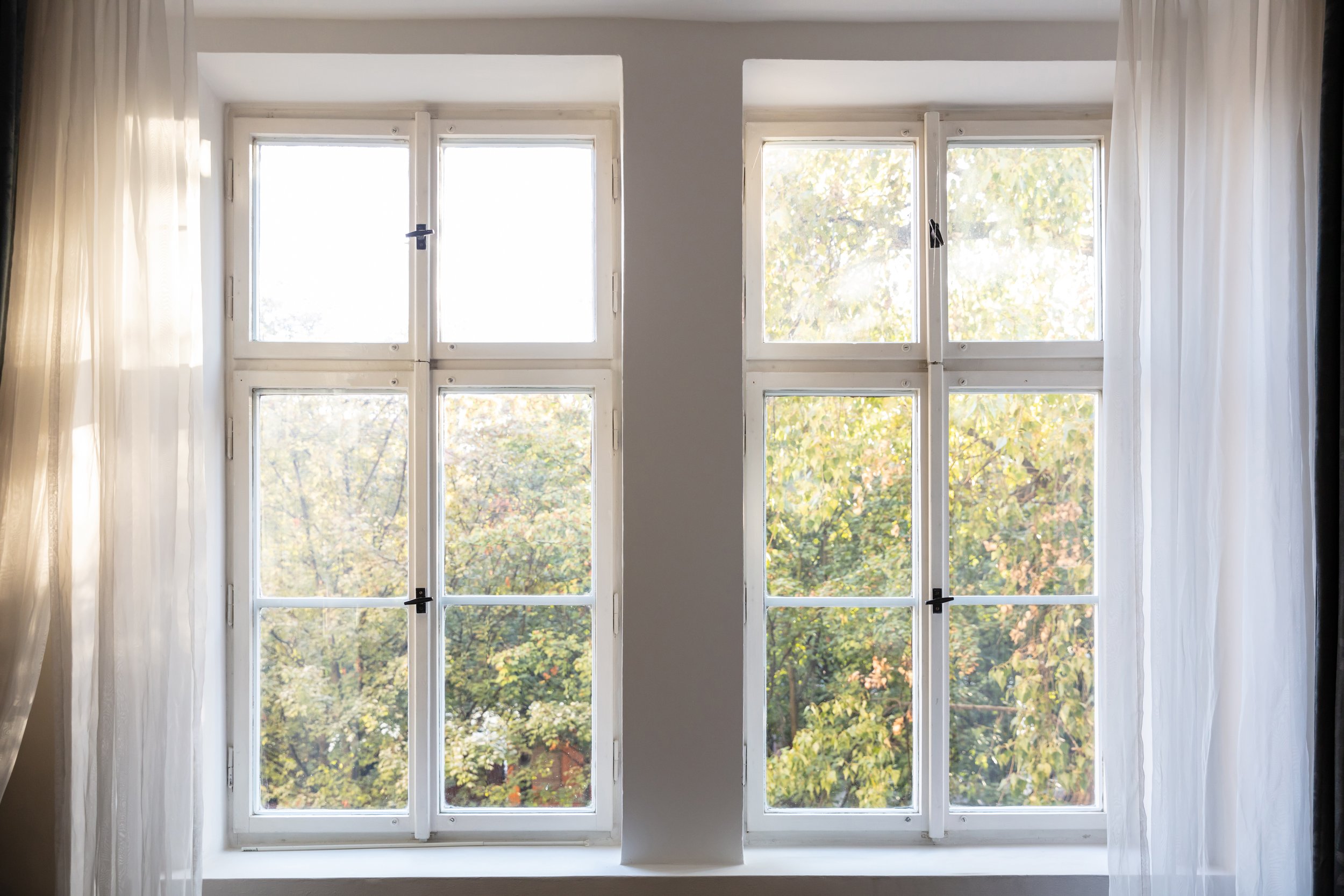7 Ways to Add Feng Shui to Your Home
I am no Feng Shui expert, nor have I studied this ancient practice at great length. But I do firmly believe that our homes, the way we arrange our living areas, and the overall design impacts how we feel in that space. What’s more, with a few basic principles and adjustments, you can create a sense of balance and harmony in your home, where it might not have otherwise been present.
Hint! That’s the premise behind Feng Shui—creating balance with the natural world by arranging the pieces in our living space to harness energy forces and establish harmony.
Let’s turn to the ancient practice and glean a few bits of wisdom about how we can create a calmer, more organized, and balanced atmosphere in our homes. I consider myself new to Feng Shui. However, I feel myself innately putting most of these principles into practice, not knowing that they stem from Feng Shui—it’s probably the OCD. So here are some key steps to help you create a more energized and happy home.
01. First Impressions
In feng shui, the entry is where energy flows into your home. Clearing and uncluttering this space will allow positive energy to enter and gather more easily. Shoes, purses, backpacks, etc., are typically deposited on the floor by the front entry. Either work to organize this area or make a habit of putting those items away when you enter the home. Don’t forget to clean your door and shake out your mat.
02. Let the Sun Shine In
Clean your windows regularly to allow sunlight to stream into your home. Sunlight naturally energizes and wakes you up. No matter what your local lightbulb salesman might tell you, natural light is the most beautiful and flattering of all. See your space more vibrantly and with clarity with squeaky clean windows.
03. Drop Anchor
There is a Feng Shui principle about how certain items in your room represent different aspects of your life, and the position of those is essential. I’m going to take a design spin on this one, as I always look for a dominating feature as my starting point in design. What’s my statement piece? What is going to anchor a room? Having a well-defined focal point in your room, and positioning it accordingly, gives the viewer instructions, if you will, of where to look first and move about the space. This is the secret sauce for creating visual balance, and all the other elements are the supporting characters.
04. Obstacle Course Not Included
True story. When I was studying interior design in school, one of my assignments was to sit in a common area on campus and chart how people moved through the space. If designed well, the occupants of a space will move through with ease.
Take a good look at the path you walk through your home—start with the steps that lead from when you wake up to the bathroom, then maybe onto the kitchen, and eventually out the door for the day. Over time, we look past and forget about all the obstacles in our daily path: a cord you have to jiggle, a door that doesn’t completely shut, the mountain of clothes that blocks your once-favorite chair. All of those obstacles we have to sidestep build up and can have a negative impact. Start slow, and adjust, fix, or eliminate each of those obstacles.
05. The Purge
There are plenty of days I want to sweep everything off my kitchen island into the trash can and never look back. Although it sounds like a lot of work, making your home more space-oriented is far more important than just decluttering. There’s a term for graphic designers called “white space.” It’s simply leaving space for nothing and giving the viewer’s eye a place to rest. So decluttering, purging, spring cleaning—whatever you want to call it—can actually help your eyes and your mind take a little rest.
When we look at it from a Feng Shui perspective, when you let go of something that no longer serves you, you open the door to a new opportunity.
06. Green Energy
In feng shui, plants symbolize life energy. They bring vitality and freshness into our homes. Plants can make us feel better, reducing stress levels, boosting creativity and our mood. Check out my pros and cons of real vs. fake houseplants.
07. Bedroom Balance
So much of our lives is spent sleeping. Everything from the right colors to the position of your bed can impact your quality of sleep. Allow for room on both sides of the bed, and the headboard should go against the wall. Look past the decorating tips of your college boyfriend and know that you need a headboard. It creates a sense of stability and harmony.




